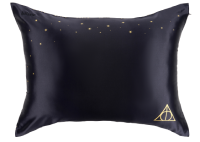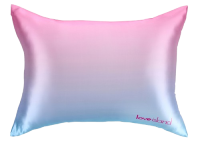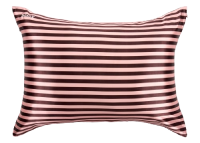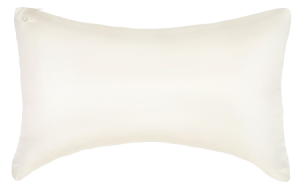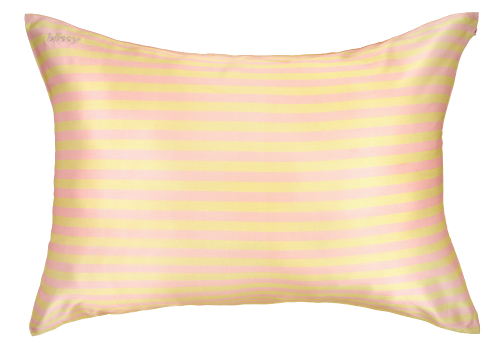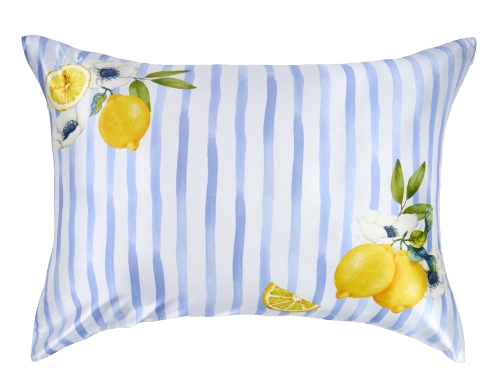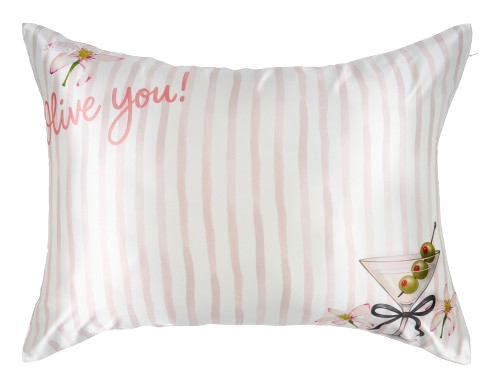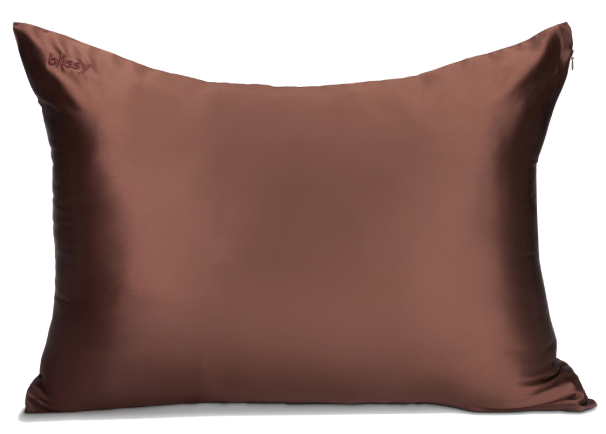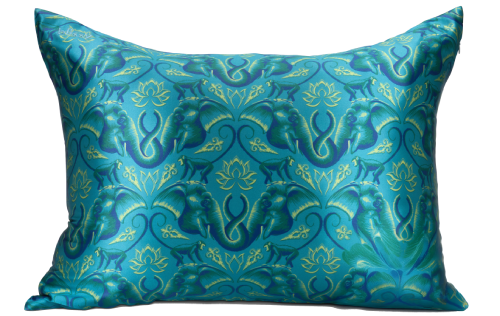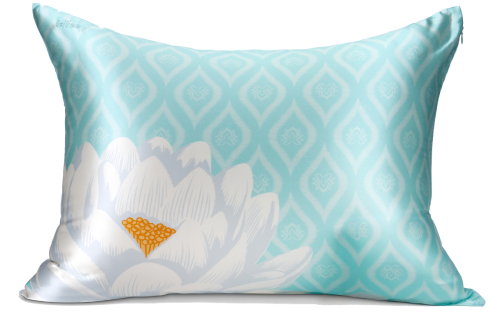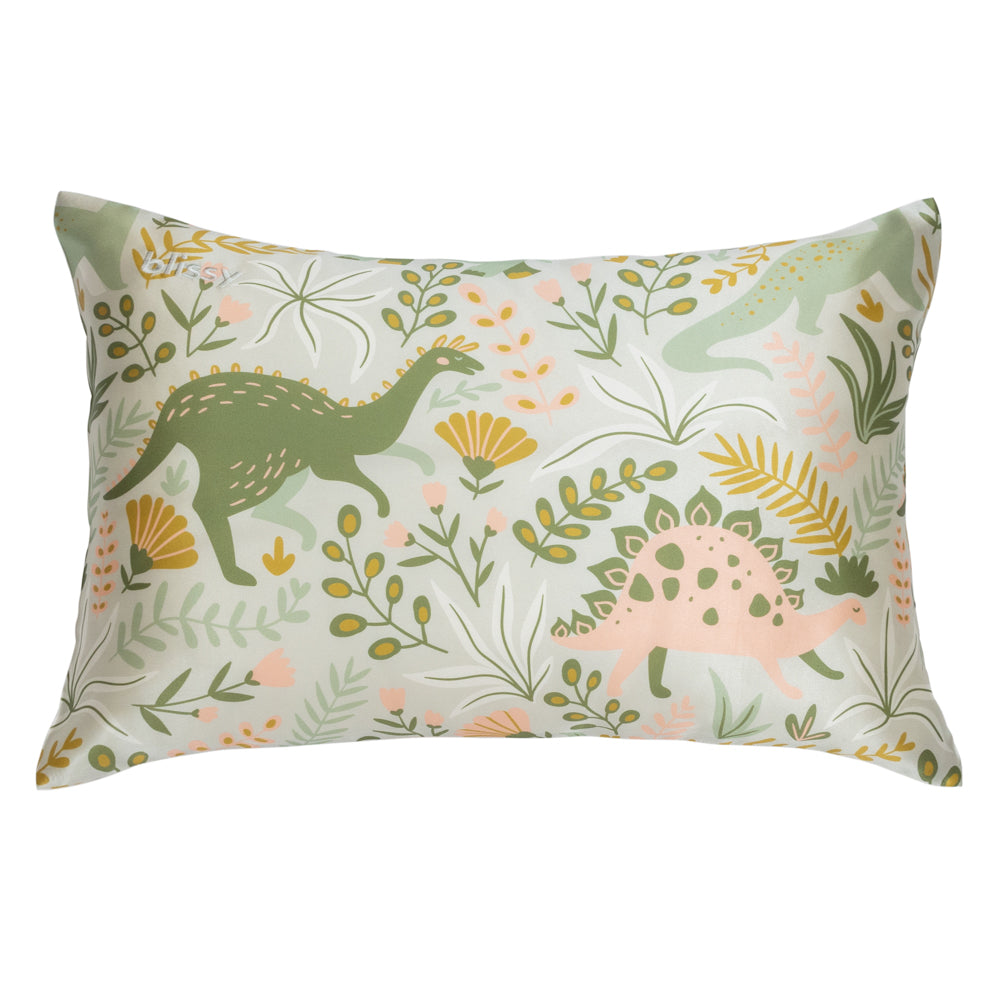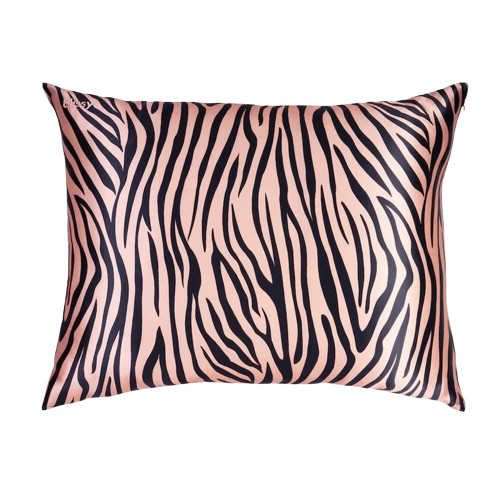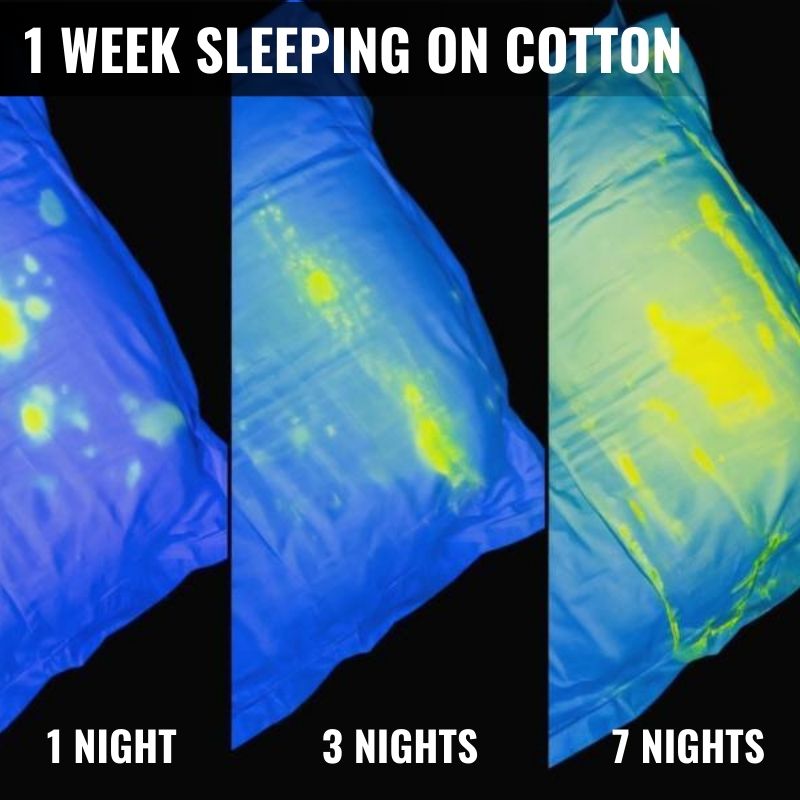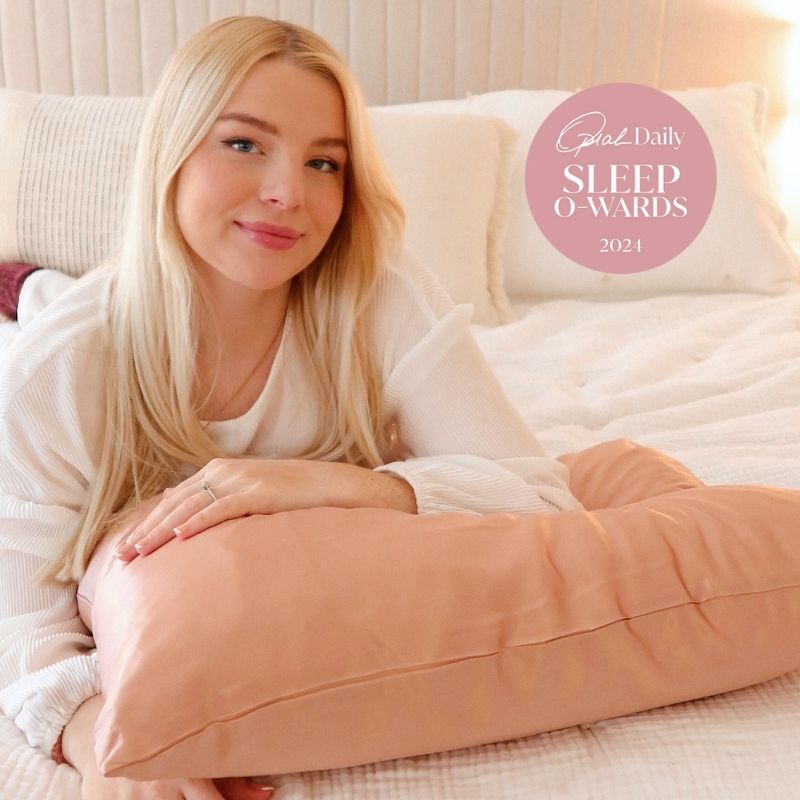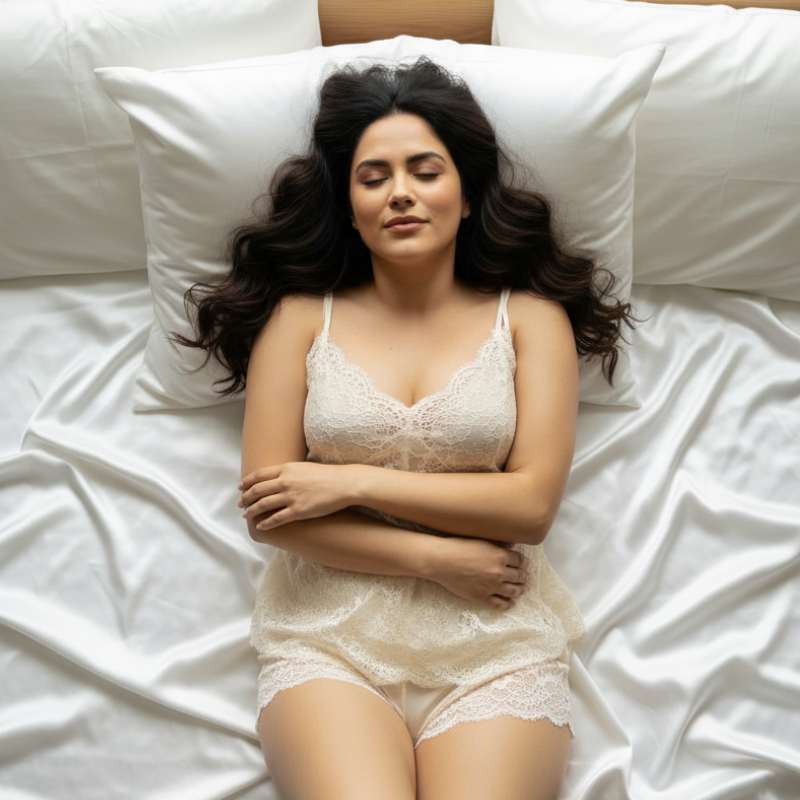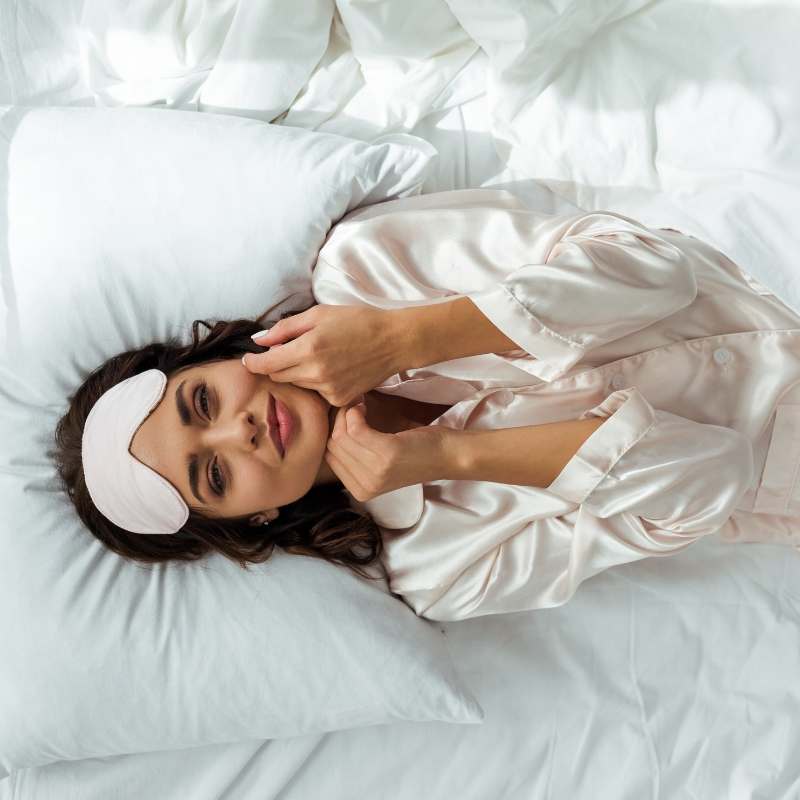Key Takeaways:
-
Real silk feels cool, soft, and smooth—not stiff like synthetics.
-
Mulberry silk is the best for softness, breathability, and durability.
-
Genuine silk has a shifting sheen and clear “100% silk” labels.
-
Silk protects skin and hair while keeping you cool and comfortable.
Introduction to Silk Fabric
So… what does silk feel like? If you’ve ever brushed your hand across a silk dress or rested your cheek on a silk pillowcase, you know—it’s not just soft, it’s unreal. Cool to the touch, featherlight, and so smooth it almost slips away.
There’s a reason natural silk has been highly sought after for centuries. Unlike synthetic fibres that try to copy it, real silk has a subtle shimmer that shifts in the light—a result of how this luxurious fabric refracts light in a very specific way. It’s breathable, hypoallergenic, and gentle on skin and hair.
But that feel comes at a cost. Silk is made from the cocoon of a mulberry-fed silkworm, and harvesting it is labor-intensive. That’s why quality silk costs more than polyester satin or artificial silk—but once you’ve worn it, there’s no going back.
Whether draped as a scarf, styled into a dress, or worn nightly as a silk pillowcase, only silk delivers this level of comfort, elegance, and performance.
Types of Silk

Not all silk feels the same. Different types vary in texture, shine, and durability—but all real silk is breathable, smooth, and gentle on skin.
-
Mulberry silk: The highest quality silk, made from Bombyx mori silkworms fed mulberry leaves. It's ultra-soft, pure white, and ideal for silk pillowcases, sheets, and clothing.
-
Charmeuse silk: A glossy, lightweight weave with a shiny front and matte back. Common in pillowcases, sleepwear, and lingerie.
-
Habotai silk: A soft, lightweight silk with a matte finish. Often used for linings, scarves, and more affordable silk items.
-
Dupioni silk: Crisp and textured with visible slubs from double cocoons. Less smooth but great for structured garments and formalwear.
-
Silk satin: A satin weave made from real silk, offering a rich sheen and smooth, fluid feel—unlike synthetic satin, which traps heat.
-
Eri silk: A soft, slightly textured silk with a matte look. Thicker and less smooth than mulberry, often used in wraps and garments.
-
Muga silk: Naturally golden and strong, this rare silk has a distinct sheen and is traditionally used in fine Indian textiles.
-
Tasar silk: Coarser and more textured, tasar silk has a warm, earthy luster and is often left undyed for a natural look.
Which Type of Silk Is Best?

Short answer: MULBERRY SILK.
It’s the highest quality natural silk—and the most common in luxury products for a reason.
-
Softest feel: Mulberry silk has a long, smooth fiber that gives it an incredibly soft and lightweight texture—cool, breathable, and gentle on skin and hair.
-
Best for everyday use: It’s ideal for anything worn close to the body, like silk pillowcases, silk clothes, and silk sheets.
-
Long-lasting quality: Unlike wild silks, mulberry is more uniform and durable. And unlike synthetic silk (like polyester satin), it’s naturally hypoallergenic and lets your skin breathe.
If you want that smooth, luxurious, real silk feel—mulberry is the one to trust.
Only silk made from mulberry fibers delivers the full sensory experience: softness, shine, breathability, and beauty that lasts.
Further Reading:
- What Does 6A, 22-Momme, 100% Mulberry Silk Mean?
Steps to Identifying Genuine Silk

With so many lookalikes on the market, it’s easy to mistake polyester or artificial silk for the real thing. But identifying silk doesn’t have to be a guessing game. Here’s how to separate genuine silk from imposters, step by step:
Step 1: Check the Sheen
Real silk refracts light in a unique, prismatic way—creating a soft, multi-tonal glow that shifts depending on the angle. Fake silk material, on the other hand, often looks overly glossy with a flat, white sheen that doesn’t change in the light.
Step 2: Feel the Texture
Run your fingers across the fabric. Authentic silk feels cool and smooth, almost buttery. It glides like water and has a soft resistance. Synthetics tend to feel slippery, stiff, or plasticky—especially under warm hands.
Step 3: Do the Burn Test (if safe to do)
Cut a tiny snip from a hidden seam and hold it with tweezers:
-
Real silk burns slowly, smells like burnt hair or feathers, and leaves a light, ashy residue.
-
Fake or synthetic fibres like polyester will melt, curl, and give off a harsh plastic smell, leaving behind a hard bead.
⚠️ Note: Always do this in a controlled, safe environment—preferably outdoors or over a sink.
Step 4: Skip the Ring Test
You might’ve heard of the “ring test”—where you slide silk through a ring to see if it passes. In reality, this test doesn’t account for weave thickness or finish. Even quality silk like dupioni may not glide through smoothly. It's not a reliable way to identify silk.
Step 5: Read the Label
Look for clear language: “100% Mulberry Silk,” “Grade 6A,” and certifications like OEKO-TEX®. Beware vague terms like “silky,” “satin,” or “silk blend”—these often indicate fake or mixed fibers. The best products will proudly say “only silk.”
Understanding Silk Feel

Let’s break down what silk actually feels like:
-
Soft and breathable: Silk is known for being an ultra-soft fabric, but it’s also breathable, helping regulate your body temperature as you sleep or wear it.
-
Cool and smooth: Often described as “cool to the touch,” silk is perfect for hot sleepers or warm climates.
-
Gentle on skin: Silk is hypoallergenic and soothing for sensitive skin or those with conditions like eczema or psoriasis.
-
Fluid drape: Its fine, natural fibers allow it to flow and drape like no other textile.
That irresistible silk feel is part science, part magic—a combination of the fiber’s diameter, the smooth surface, and the weave.
Characteristics of Natural Silk
Real silk doesn’t just feel good—it performs:
-
Moisture-wicking: Silk naturally pulls moisture away from the skin, keeping you cool and dry.
-
Thermoregulating: It helps maintain your body temperature, whether you run hot or cold.
-
Hypoallergenic: Resistant to dust mites, mold, and mildew—ideal for those with allergies.
-
Durable: Despite its delicate feel, silk is surprisingly strong and can last years with proper care.
-
Shimmering finish: Its ability to refract light gives silk its signature glow.
Silk is also gentle on hair, reducing breakage, frizz, and tangles. Clinical studies show that sleeping on a natural silk pillowcase helps preserve hair smoothness overnight (Kosmoscience, 2025).
Does Silk Make You Sweat?
No, silk does not make you sweat—in fact, it helps regulate body temperature. Pure silk is a breathable, natural fiber that wicks away moisture and allows heat to escape, keeping you cool and dry. Unlike synthetic fabrics, silk won’t trap heat against your body, making it ideal for hot sleepers or warm climates.
Real Silk vs. Fake Silk: Here’s How to Spot the Difference
It’s easy to confuse silk with satin or synthetic silk—but once you know the differences, you’ll never go back to fakes:
|
|
Real Silk |
Synthetic Satin |
|---|---|---|
|
Made from |
Natural cocoon fibers (silk) |
Synthetic fibers (e.g., polyester, nylon) |
|
Texture |
Cool, soft, breathable |
Slick, sometimes sticky or hot |
|
Shine |
Subtle, multi-tonal (refracts light) |
Shiny, single-tone gloss |
|
Feel |
Natural and breathable |
Artificial and less breathable |
|
Durability |
Long-lasting with care |
Can snag or degrade quickly |
|
Cost |
Higher upfront investment |
Cheaper, but lower quality |
Fake silk may imitate the look of silk satin, but lacks the breathable, soft fabric feel and durability that real silk provides.
Caring for Silk
Because silk is a delicate natural fibre, it needs gentle handling to maintain its softness and shape:
-
Wash in cold water on delicate using a silk-specific detergent.
-
Avoid bleach or fabric softener.
-
Air dry, ideally out of direct sunlight.
-
Iron on low heat while still slightly damp, using a pressing cloth to protect the fibers.
Skip dry cleaning unless the label recommends it—many silks are washable at home when treated with care.
Benefits of Silk

So why choose silk over cotton, polyester, or wool? Here’s what sets it apart:
-
Gentle on hair: Reduces friction and prevents frizz, split ends, and tangles.
-
Great for skin: Helps keep skin hydrated and reduces the appearance of sleep wrinkles.
-
Hypoallergenic: Perfect for people with allergies or skin sensitivities.
-
Temperature regulating: Keeps you cool in the summer and warm in the winter.
-
Long-lasting: When properly cared for, real silk lasts far longer than synthetic fibres.
Even dermatologists back it: “Blissy is the only dermatologist-backed, clinically studied silk pillowcase,” says Dr. Aleksandra Brown, MD. “90% of users reported clearer skin and improved skin health.”Dermatologist Quotes
Additional Tips
Want to make the most of your silk?
-
Try a silk pillowcase to experience the silk feel nightly. Your skin and hair will thank you.
-
Avoid stretching or pulling silk garments—they can lose shape.
-
Store away from sunlight to preserve color and softness.
-
Don’t settle for blends. Look for labels that say “100% mulberry silk” or “only silk” for best results.

